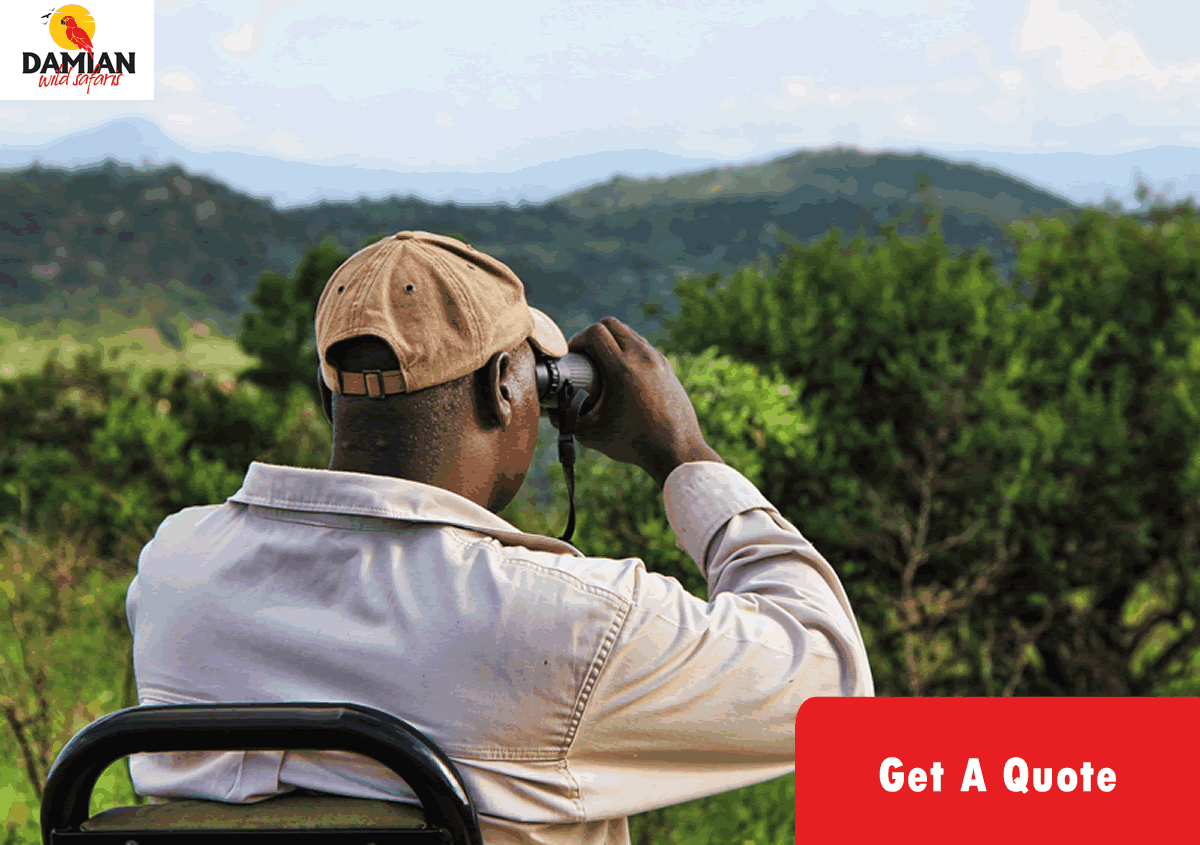Destination Overview
The moorlands and bamboo woods in Aberdare National Park attract numerous significant bird species, numbering around 290 species in all. The Aberdare cist cola, which is peculiar to the area and so well-known there, may be seen at higher altitudes, while Hartlaub's turaco is one of the most fascinating species at the bird feeding platform at the tree hotels. Some stunning birds to see in the park are the rare scarlet-tufted malachite sunbird, which is located on mountain peaks. There are two significant peaks in the area: Kinangop rises 3,906 meters to the south and Ol Donyo Lesatima rises 3,999 meters to the north.and Kinangop raises 3,906 meters to the south, separated by a long saddle of land that extends for more than 3,000 meters. The main range to the west, the 3,349-meter Kipipiri peak, is also part of the park. It is connected to the larger peak by a valley that was formerly covered in trees and rises to 2,700 meters above sea level. It provides clear streams and waterfalls along the forested eastern and western flanks, where you may witness a wide variety of bird species. Due to its vegetation, which changes with height, the region really experiences annual rainfall, with precipitation ranging from 1,000 mm on the drier side of the northwestern slopes to as much as 3,000 mm in the south east.The park was established in 1950 and is famously known for its treetops where the name Aberdare were derived from and it sits mainly above the tree line with few forest vegetation and scrubs at lower altitudes in the area of ‘’salient’’ close Nyeri.
Aberdare national park also boasts with water catchment for the Tana River system that connects several water bodies such as River Ewaso, Lake Naivasha which has become a famous water supply to Nairobi and other districts in Kenya country.
The park is a haven for birders with more than 290 bird species and five of eight species are recorded as endemic bird areas and 53 out of seventy bird species of the Afrotropical Highland biome that are viewed in Kenya. Aberdare region also contains three other birding areas namely, Mukurweini Valley which lies in south-east of the Aberdares a rewarding area to view Hinders Babbler. The Kikuyu Escarpment Forest which sits in the southern part of Aberdare Forest boosts with variety of species which can be seen in the Aberdares such species are Barred Long-tailed Cuckoo, Orange Graund Thrush, Abbott’s Starling, Red chested Owlet. And the Kinangop Grasslands are found west of Aberdares is best area to view the Sharpe’s long claw one of Kenya’s national endemics.
'
List of bird species to view in Aberdare national park include ;Augur buzzard ,Ayres’s hawk eagle , Bar-tailed trogon ,African goshawk ,African yellow warbler, Abyssinian crimson wing, Aberdare cisticola, Bronze sunbird ,Crowned eagle ,Cinnamon-chested bee-eater ,Golden-winged sunbird ,Hunter’s cist cola ,Moorland francolin ,Mustached green tinker bird ,Olive ibis, white headed wood-hoopoe ,Tacazze sunbird ,Silvery-cheeked hornbill ,Sharpe’s long claw ,Rufous-chested sparrow hawk, Narina trogon among others.
Other wildlife species to see on your birding safari Aberdare national park include; African Lion, Leopard, Golden cats and rare Bongo Antelopes which can be seen in bamboo forest. Primates species can also be viewed in bamboo forest such species are Baboon, Black and White Colobus Monkeys and Sykes monkey.
Bird watching in Aberdare national park can be done all year around but the best time to do birding starts from November to April when the migrant’s birds are present which come all away from Europe and north Africa. These are wet season when many species can be seen in breeding plumage as they are nesting. From June to September and December to February are drier month good for forest hiking and watching residential bird species as well as game viewers.

